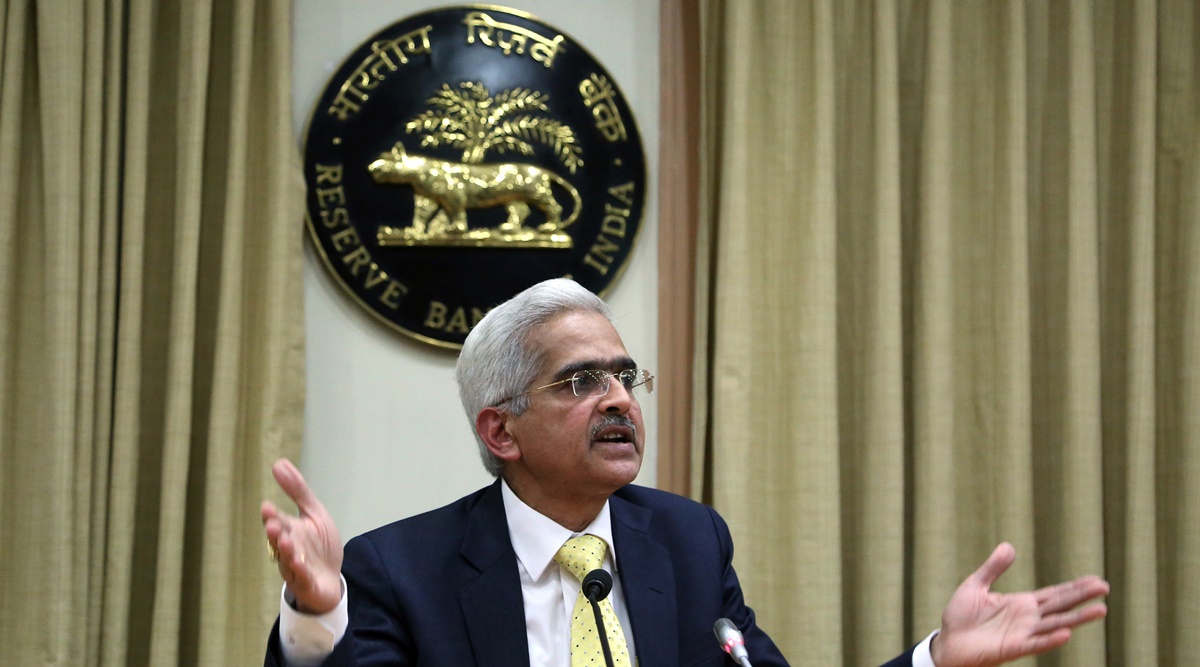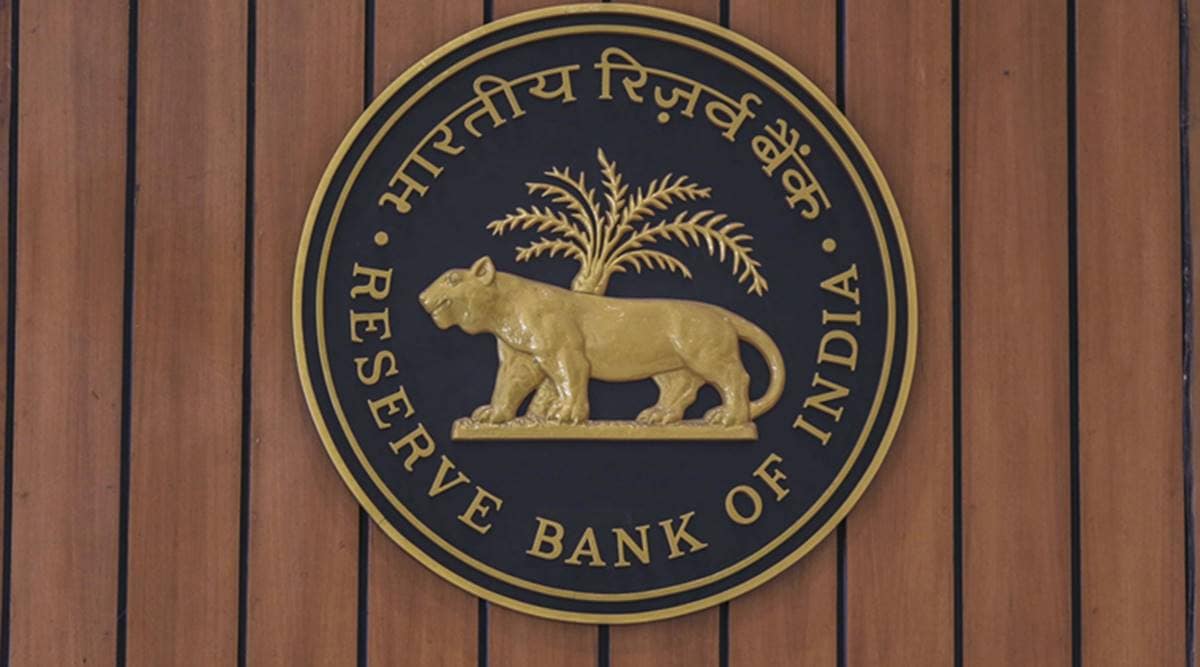RBI Cuts Inflation Projection To 5.3% For FY’22

The Reserve Bank of India (RBI) on Friday projected substantial softening in retail inflation in the near term on the back of easing food prices and favourable base effect.
The Consumer Price Index (CPI)-based inflation is now projected to be at 5.3 per cent for 2021-22 with risks evenly balanced. In its August policy, the central bank had estimated inflation to be at 5.7 per cent due to supply side constraints, high crude oil and raw materials cost.

“The CPI headline momentum is moderating with the easing of food prices which, combined with favourable base effects, could bring about a substantial softening in inflation in the near-term,” RBI Governor Shaktikanta Das said while unveiling the bi-monthly monetary policy.
On a quarterly basis, the CPI for Q2 has been projected at 5.1 per cent: Q3 at 4.5 per cent and Q4 at 5.8 per cent. CPI inflation for Q1:2022-23 is projected at 5.2 per cent.
Headline inflation continues to be significantly influenced by very high inflation in select items such as edible oils, petrol and diesel, LPG and medicines, he said.
“Efforts to contain cost-push pressures through a calibrated reversal of the indirect taxes on fuel could contribute to a more sustained lowering of inflation and an anchoring of inflation expectations,” Das noted.

On the other hand, a very low seasonal build-up in vegetable prices, declining cereal prices, a sharp deflation in gold prices and muted housing inflation have helped to contain inflationary pressures.
Going forward, he said, several evolving factors provide comfort on the food price front.
“Its momentum is expected to remain muted in the near term. Cereal prices are expected to remain soft due to likely record kharif foodgrains production and adequate buffer stocks. Vegetable prices, a major source of inflation volatility, have remained contained in the year so far with record production and supply side measures by the government,” he said.
Unseasonal rains and adverse weather-related events, if any, in the coming months are, however, upside risks to vegetable prices, he said.
Supply side measure by the government for edible oils and pulses are helping to temper price pressures However, an uptick in prices of edible oils is seen in the recent period, he pointed out.

According to Das, improvement in monsoon in September, the expected higher kharif production, adequate buffer stock of foodgrains and lower seasonal pickup in vegetable prices are likely to keep food price pressures muted.
Observing that core inflation remains sticky, he said that elevated global crude oil and other commodity prices combined with acute shortage of key industrial components and high logistics costs are adding to input cost pressures.
Pass-through to output prices has, however, been restrained by weak demand conditions, he added.
“We are watchful of the evolving inflation situation and remain committed to bring it closer to the target in a gradual and non-disruptive manner,” Das said.
Headline CPI inflation stood at 5.3 per cent in August, registering a moderation for the second consecutive month and a decline of one percentage point from its level in June 2021.
The key driver of the disinflation has been the moderation in food inflation even as fuel inflation edged up and CPI inflation, excluding food and fuel inflation (core inflation), remained elevated.




